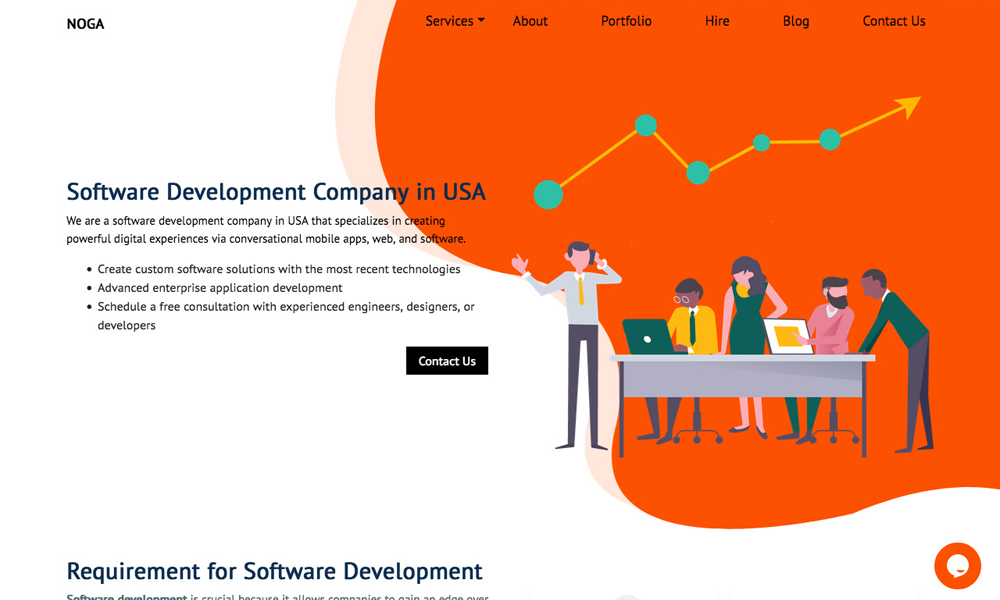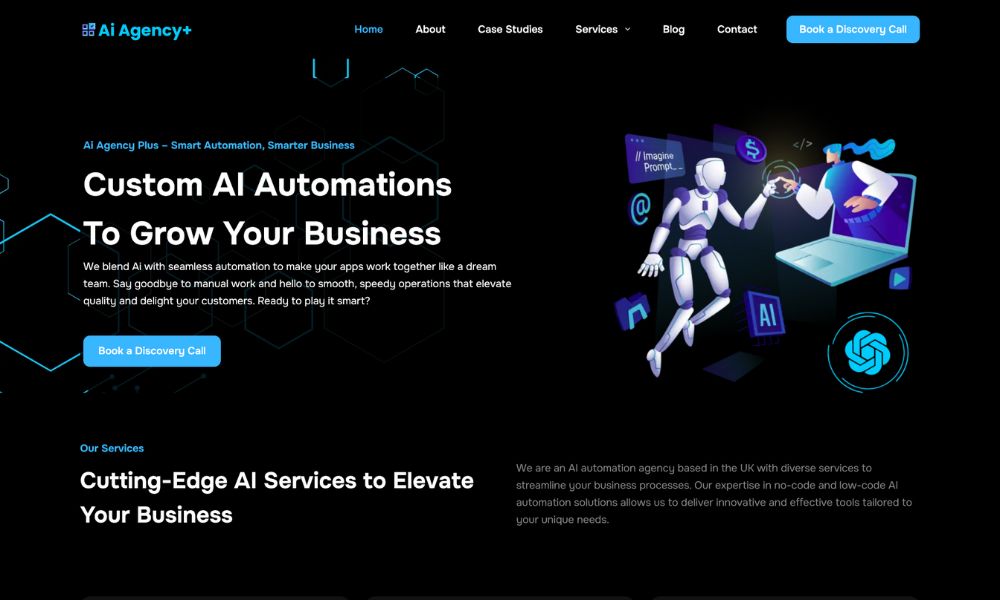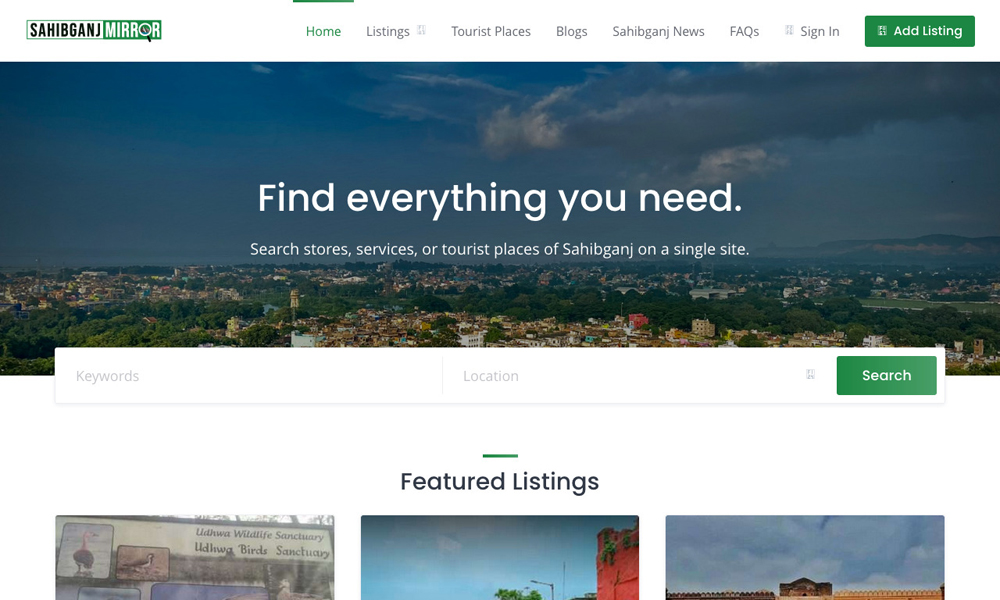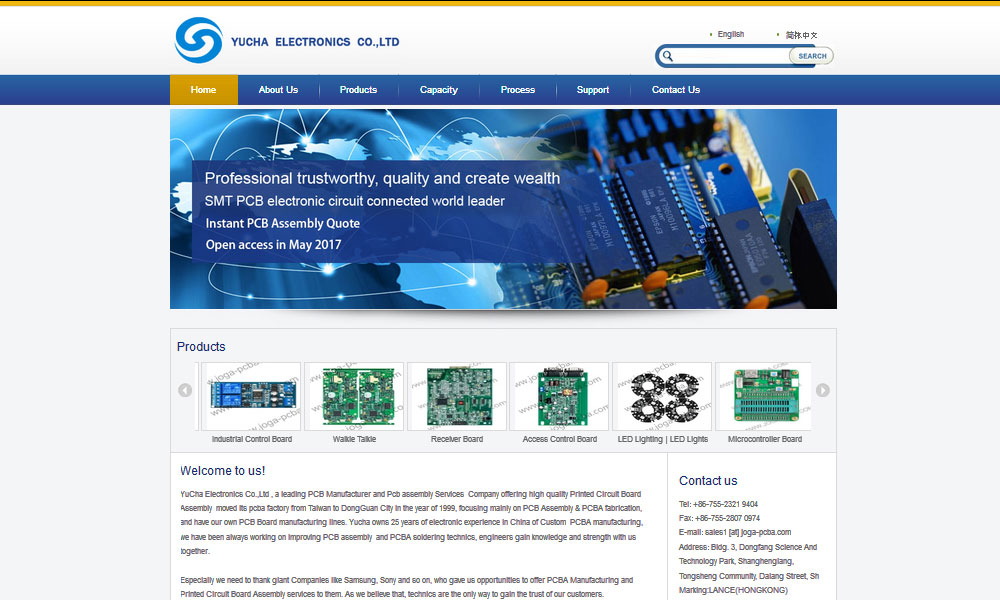NogaTech IT Solutions LLC
by NogaTech IT Solutions LLC
Description
It will soon be ten years since Apple trademarked the most memorable slogan of all time, "There's an App for That". Apple App Store users have access to over 2 million apps. This is no doubt. The Health category accounts for many of these apps, with 318,000.000 entries. According to Sensor Tower, this is how the top 10 most popular Health & Fitness apps in January looked.
Our phones are our best friends. Apple users can download apps to help them maintain a healthy diet, exercise, manage their medication intake, track their weight, and receive mental health support. No wonder personal wellness apps are so prevalent in iOS development.
However, the situation has dramatically changed since 2020. A global public health emergency is now the norm. It is important to recall that mHealth does not only address individual concerns but can also be extremely useful in a coordinated PHM effort.
What is PHM, and what are their relationships?
PHM (or population health management) is a discipline in healthcare that focuses on quality care and improving outcomes for patients, patient communities, whole populations, or patients at a particular hospital.
Philips states that "delivering on the vision for PHM requires a strong care management and risk stratification infrastructure as well as a cohesive delivery system and well-managed partnerships network."
WHO's Global Observatory for eHealth defines mHealth as "medical, public, and health practice supported mobile devices such as smartphones, patient, and other mobile devices."
Monitoring devices, personal digital assistants, and other wireless devices" mHealth lets you leverage the features of a mobile phone to provide health-related information or to collect feedback.
mHealth apps are a non-disruptive way to communicate with individuals en masse. They also provide accurate and representative data that can be used to inform crucial healthcare policy decisions.
How mobile technology benefits our health
The best thing about mobile technology was to let you call your doctor or get a text message from your hospital. This would ensure that you don't miss your scheduled check-ups.
The availability of powerful technology is increasing in price and accessibility to the public, allowing them instant access to high-speed mobile networks and sophisticated software as well as unlimited cloud storage. You'd be hard-pressed to find someone who doesn't have at least one smartphone by 2020. And it will likely be a powerful phone with significant computing power.
Consumers who need to be more than smartphone capable or require special treatment have many options, including wearable fitness trackers, sleep monitors, and connected blood glucose kits.
Mobile tech for population health programs
What difference can mobile tech make in PHM?
A WHO report on digital technology in health has shown that "digital health, specifically mHealth, have been shown to increase the quality and coverage, increase access to information and skills about health, and promote positive changes to health behaviours to avoid the onset and progression of chronic and acute diseases."
The joint efforts of the International Telecommunication Union (ITU) and World Health Organization (WHO) created the Be He@lthy, Be Mobile initiative. It collaborates with governments and other organizations around the globe to assist them in setting up digital infrastructure and scaling up mHealth services. This initiative has resulted in various programs that address public health issues such as hypertension, smoking, cancer, cervical cancer, diabetes, and other conditions.
Individuals' health data drives the development and availability of mHealth tools. Apple's Health Records API was first announced in 2018. It streamlines iOS development and leverages EHR data. Users can add their records from over 500 hospitals and clinics to their Health app on iPhones with just a few clicks. These records are the foundation for many innovative mHealth solutions, including post-op rehabilitation, medication adherence, chronic disease management, and other issues. Consumers can also personalize their mHealth experience.
Due to the pandemic, mobile technology has seen a significant increase in use in healthcare. A large portion of the world's population is living under stay-at-home orders. However, traditional healthcare services are often stretched and forced to refuse non-critical patients. Many people find it easier and safer to access medical advice and help via mobile.
A new battlefield: mobile PHM against COVID-19
mHealth is currently preparing for a new ambitious pandemic prevention and control initiative. The launch of a mobile solution to combat the spread of COVID-19 was made possible by Android and iOS developers.
The second phase will see the release of a robust and Bluetooth-based platform. The API will allow authorities to connect with public health apps on iOS and Android. Individuals can opt into contact tracing and be notified when they are in touch with someone who has received a positive coronavirus result.
We can see that mHealth can bring unique benefits to healthcare at a large scale. Healthcare providers and public authorities must examine the potential of mobile technology to improve outcomes for whole populations.
For more information on topics related to this, visit our website at NogaTech IT Solutions LLC, or contact us at + (808) 829 6213.
Related Websites
-
AI Agency Plus
by aiagencyplus
464 -
Sahibganj Mirror
by Aprajita Bajaj
1092 -
Yucha Electronics Ltd Co.
by Yoginet India
3286




